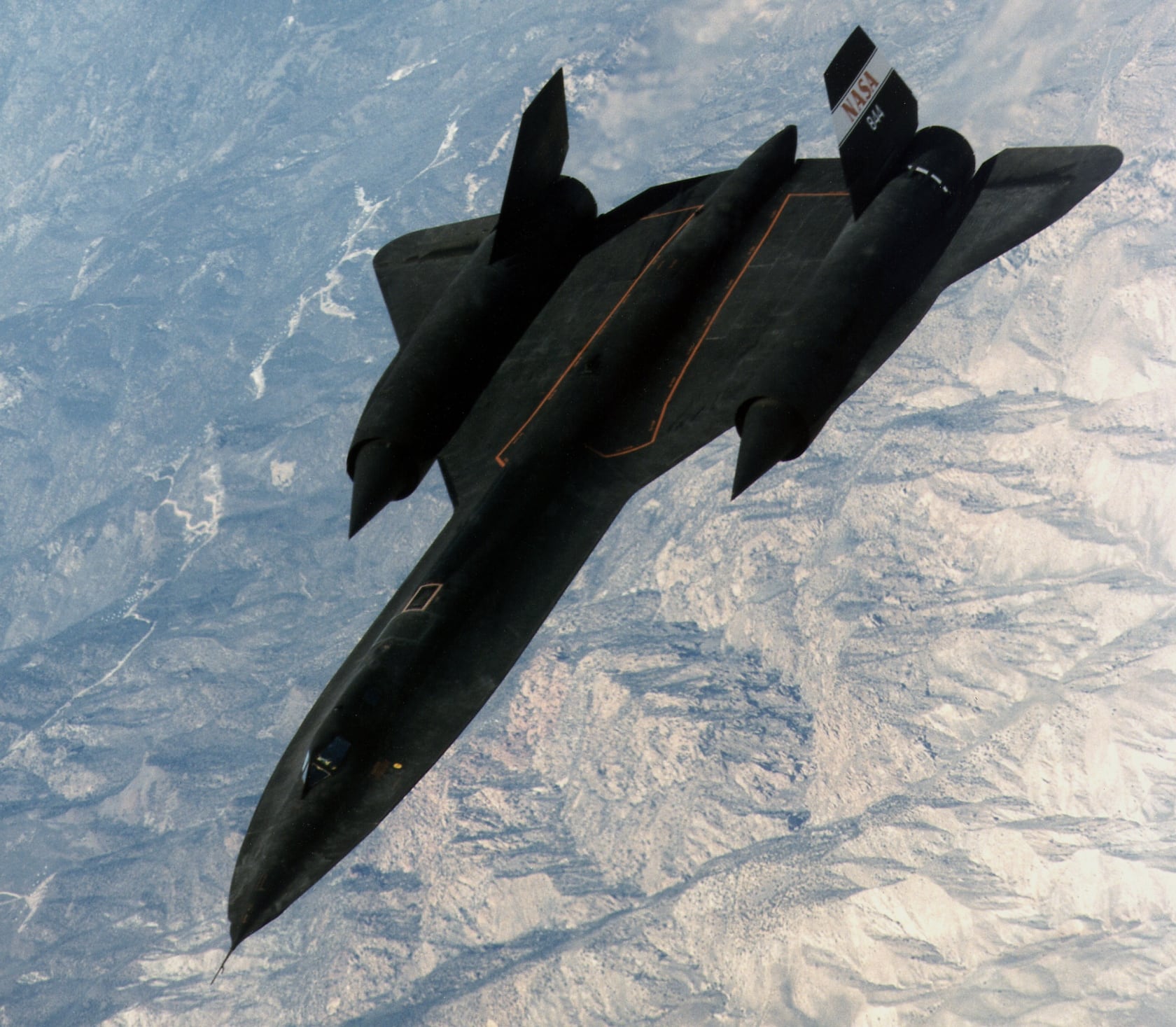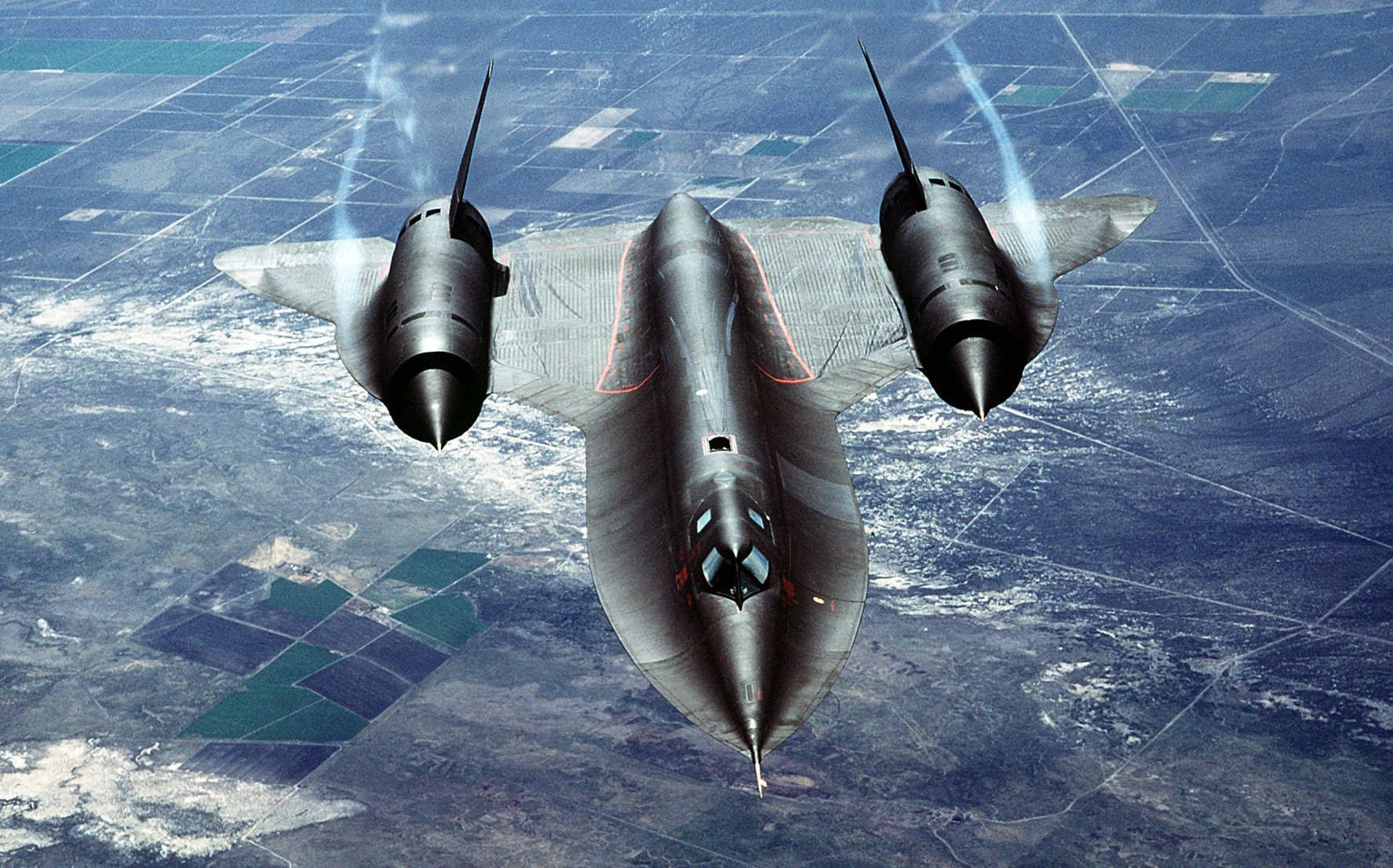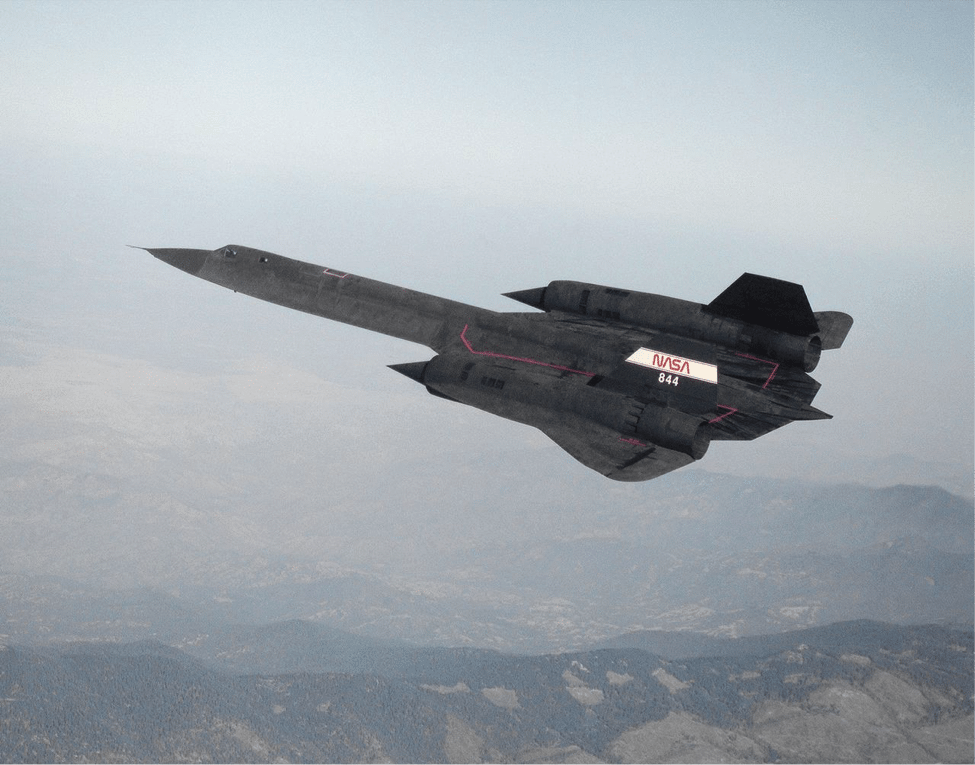Maintaining the Mach 3 Beast
Due to the extreme stresses on the airframe during prolonged flight at three times the speed of sound or more, each SR-71 could normally average only one flight per week- mostly because it took that long to fix everything that broke during a standard mission. Blackbirds would often recover missing parts and components that would need to be repaired or replaced. The SR-71 was never intended to be, and never was, a quick-turn aircraft.

Career Numbers
Even though SR-71s flew hundreds of sorties over North Vietnam, and the North Vietnamese lobbed more than 800 surface-to-air missiles (SAMs) at them, no SAM ever touched a SR-71. The Lockheed Blackbird family of aircraft flew 17,300 sorties totaling 53,493 flight hours and 11,674 hours flying at Mach 3 or higher overall, culminating in the SR-71s final flight. Actual mission statistics are 3,552 missions totaling 11,007 hours flown with 2,753 hours of Mach 3 or more flight time. Used to capture reconnaissance over scores of targets in high-threat environments like North Vietnam, Libya, and Korea, the Blackbird was the quintessential untouchable asset.

SR-71 Replaced by Drones?
By October of 1989, many thought the SR-71 had come to the end of its useful life. Unmanned aerial vehicles (UAVs) were going to be the future of aerial reconnaissance. While the SR-71 relied on speed and stealth to compile an unparalleled record and served the nation during its most turbulent times, UAVs drone along at medium altitudes and rely on stealthy materials and shapes to deliver real-time reconnaissance, and in some cases deliver ordnance on target on-demand.

Few and Far Between
The 1st Strategic Reconnaissance Squadron remained ready and flew a limited number of operational reconnaissance missions through the end of 1989 and into 1990. The squadron’s SR-71s were finally deactivated in mid-1990 with the remaining aircraft either sent to be statically displayed or stored in reserve. There was talk of reactivating some of the Blackbirds but the Air Force never got back into the Blackbird business.

The Last of the Few
NASA operated the two last airworthy Blackbirds until 1999. All of the other SR-71s have been moved to museums except for the two SR-71s at the NASA Dryden Flight Research Center, part of the Edwards Air Force Base complex in California.
[youtube id=”s3tvBRs8_qU” width=”800″ height=”454″ position=”left”]
